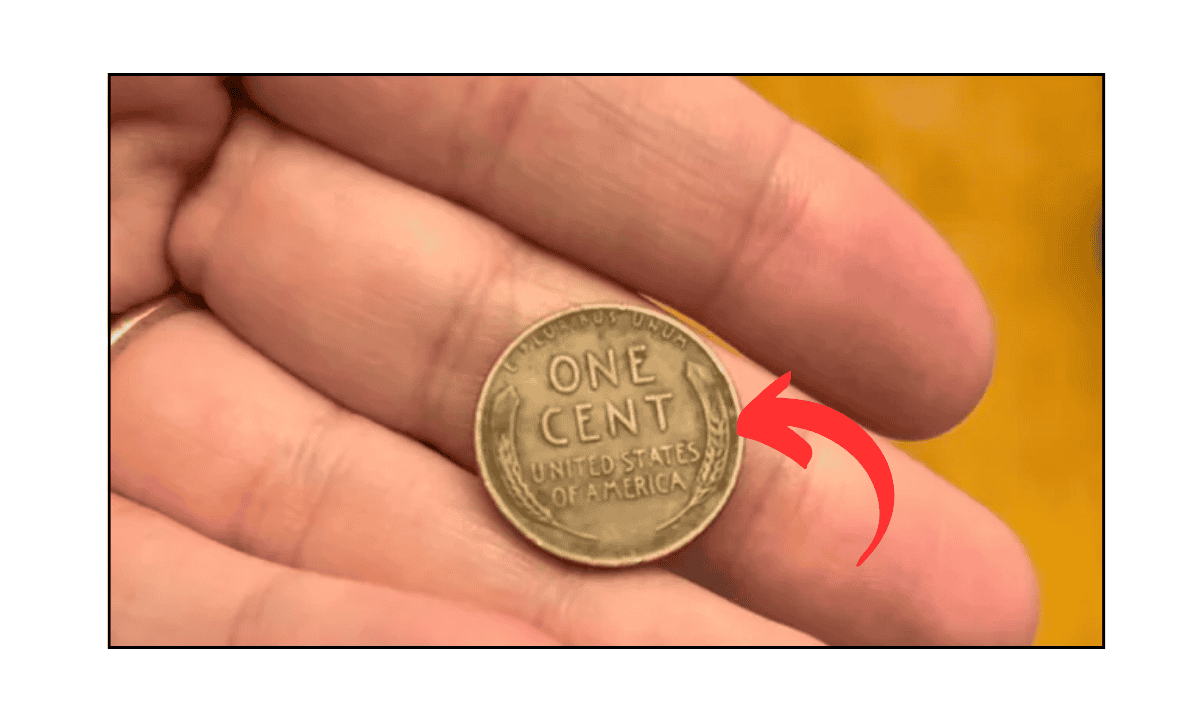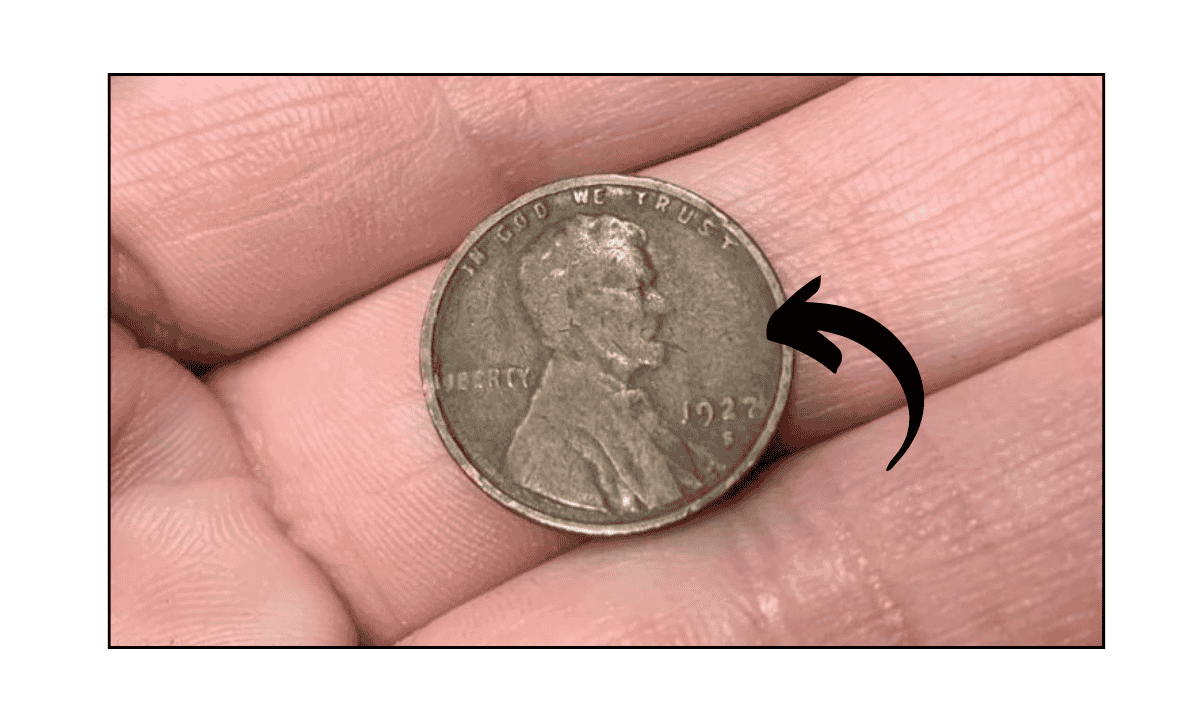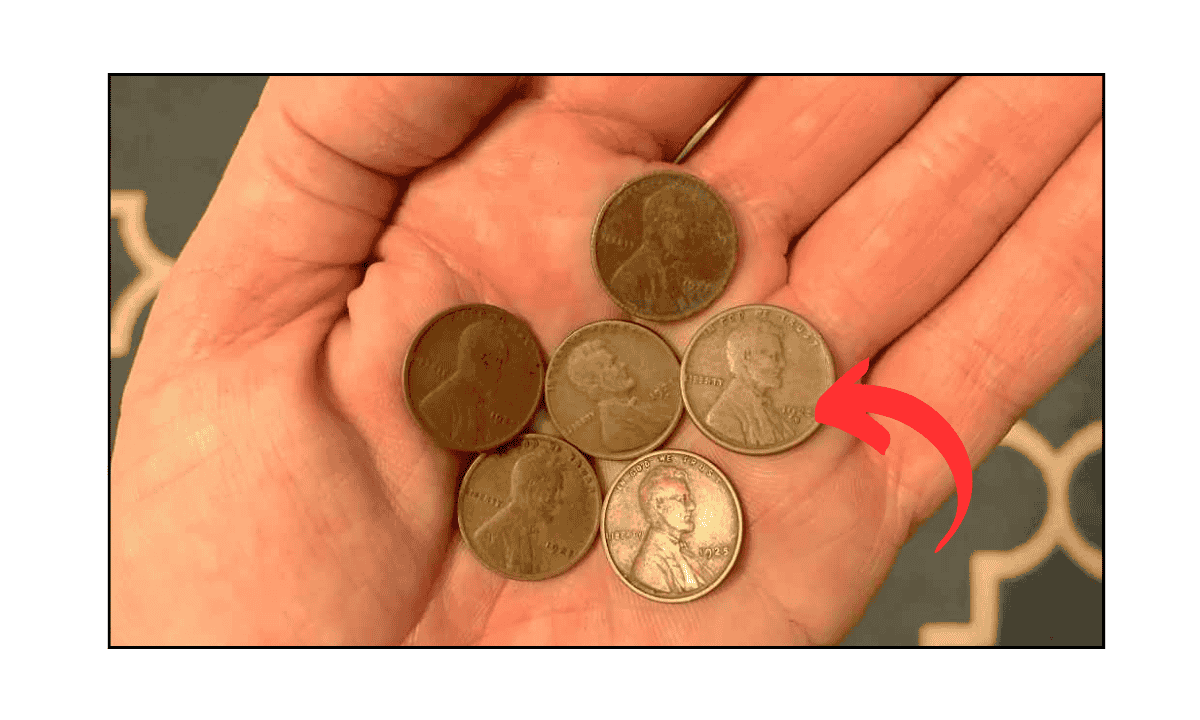Imagine finding a rare coin worth $5.3 million in your pocket change. It might sound unbelievable, but some Lincoln Wheat Pennies are still in circulation, and one of them could be worth a fortune.
Coin collectors and enthusiasts are on the lookout for these valuable pennies, as certain rare editions have sold for millions at auctions. Here’s everything you need to know about the Lincoln Wheat Penny, its incredible value, and how to identify one.
Table of Contents
What is the Lincoln Wheat Penny?
The Lincoln Wheat Penny was minted from 1909 to 1958 and features:
- Abraham Lincoln’s profile on the front
- Two wheat stalks on the reverse side (hence the name)
These pennies were made of 95% copper until 1942, when the U.S. switched to steel pennies for one year due to World War II metal shortages.
Why is a Lincoln Wheat Penny Worth $5.3 Million?
Some Lincoln Wheat Pennies are extremely valuable due to rarity, minting errors, and historical significance.
The most expensive Lincoln Wheat Penny ever sold was a 1943 Bronze Wheat Penny, auctioned for $5.3 million. Here’s why it’s so special:
- Minting Error: In 1943, pennies were supposed to be made of steel. However, a few bronze planchets (blanks) were mistakenly used, making these coins extremely rare.
- Limited Number: Only a handful of these bronze pennies were ever produced.
- Collector Demand: Due to their rarity, collectors are willing to pay millions for an authentic 1943 Bronze Wheat Penny.
How to Identify a Valuable Lincoln Wheat Penny
If you’re lucky enough to find a Lincoln Wheat Penny, here’s what to check:
Year & Mint Mark
- Look for a 1943 penny that appears copper or bronze instead of steel.
- If it has a “D” (Denver) or “S” (San Francisco) mint mark, it could be even rarer.
Weight
- A genuine 1943 Bronze Wheat Penny weighs 3.11 grams (instead of the usual 2.7 grams for steel pennies).
- Use a small scale to check the weight.
Magnet Test
- Steel 1943 pennies stick to a magnet; bronze ones do not.
- If your 1943 penny is copper-colored and does not stick to a magnet, it could be valuable!
Professional Appraisal
- If you think you have a rare penny, take it to a professional coin grading service like PCGS (Professional Coin Grading Service) or NGC (Numismatic Guaranty Corporation).
Other Valuable Lincoln Wheat Pennies
Even if you don’t have a 1943 Bronze Penny, other Lincoln Wheat Pennies are worth money, including:
- 1909-S VDB Lincoln Penny – Worth up to $100,000 (only 484,000 minted)
- 1914-D Lincoln Penny – Worth up to $5,000+
- 1922 No-D Lincoln Penny – Worth up to $10,000
- 1955 Double Die Lincoln Penny – Worth up to $1,800+
The idea of a $5.3 million penny still being in circulation is thrilling. While finding one is rare, it’s always worth checking your pocket change, old jars of coins, or family collections—you might just be holding a fortune!
If you find a 1943 Bronze Wheat Penny or any other rare coin, get it authenticated by a professional. Who knows? You could be sitting on millions of dollars without even realizing it.
FAQ’s
What is the rare Lincoln Wheat Penny worth $5.3 million?
The rarest Lincoln Wheat Penny is the 1943 Bronze Wheat Penny, a minting error that resulted in a few bronze coins instead of steel. It has sold for up to $5.3 million.
How do I know if my 1943 penny is valuable?
A 1943 Bronze Penny is valuable if it is copper-colored, weighs 3.11 grams, and does not stick to a magnet. If your penny meets these criteria, get it authenticated.
Are there other valuable Lincoln Wheat Pennies?
Yes, other valuable pennies include the 1909-S VDB Lincoln Penny, 1914-D Lincoln Penny, 1922 No-D Penny, and the 1955 Double Die Penny, all worth thousands.
Where can I get my rare penny appraised?
You can get your penny appraised at professional grading services like PCGS (Professional Coin Grading Service) or NGC (Numismatic Guaranty Corporation).
Can I still find rare pennies in circulation?
Yes! While rare, valuable Lincoln Wheat Pennies can still be found in circulation, old coin jars, estate sales, or collections. Always check your change!












